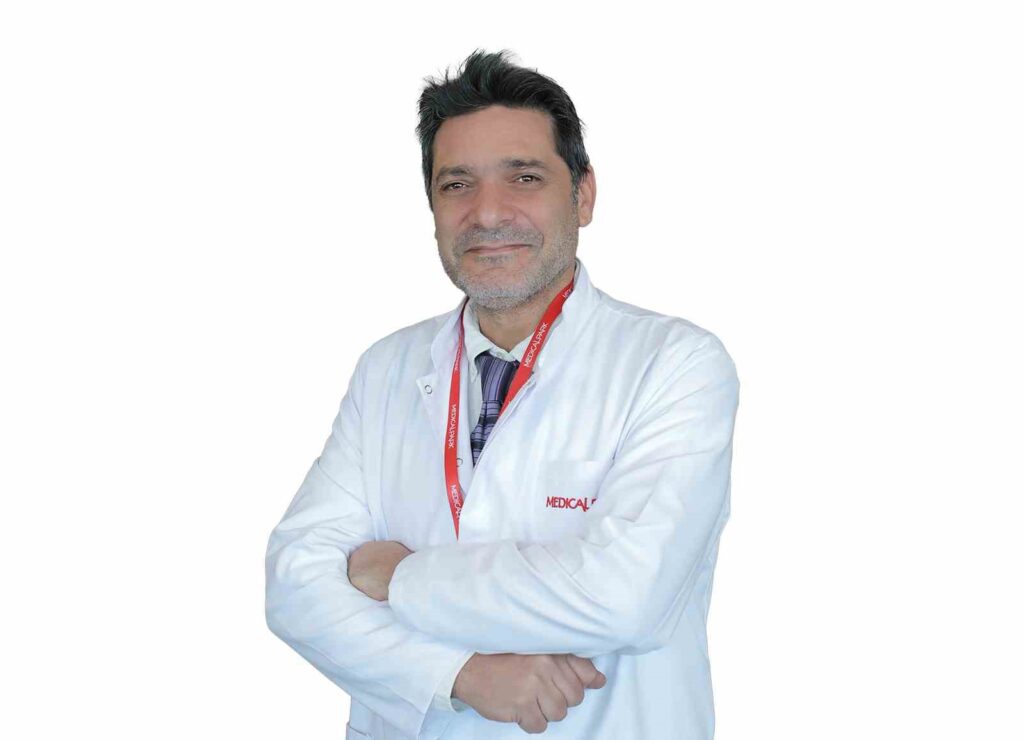The prevalence of Alzheimer’s disease doubles every five years after the age of 65
Dr. Özlem Önder states that the risk of developing Alzheimer’s, which accounts for 50 to 70 percent of dementia cases, doubles every five years after the age of 65. Along with the increase in life expectancy, aging is considered one of the most important demographic trends of the 21st century…

Dr. Özlem Önder states that the risk of developing Alzheimer’s disease, which accounts for 50% to 70% of dementia cases, doubles every five years after the age of 65. With the increase in life expectancy, aging has become one of the most important demographic phenomena of the 21st century. Although the increase in average life expectancy to the range of 70-80 years in developed countries is described as a ‘triumph of humanity’ by the World Health Organization, it can bring along many problems, with Alzheimer’s being the most common type of dementia.
Dr. Özlem Önder, a specialist in the Department of Neurology at Near East University Hospital, explained what needs to be known about Alzheimer’s disease, whose prevalence is increasing day by day. Dr. Özlem Önder pointed out that the term ‘dementia’ is derived by adding a negative suffix to the Latin word ‘mens,’ meaning mind, and is used to indicate the loss of acquired mental functions. She stated that dementia is a syndrome that causes destruction in intellectual and social abilities to an extent that affects daily life activities in a person with an open consciousness, and the most common form of this disease is Alzheimer’s.
Alzheimer accounts for 50% to 70% of dementia cases. Dr. Önder stated that Alzheimer accounts for 50% to 70% of dementia cases, and its prevalence reaches percentages as high as 3 to 11 in individuals over the age of 65 and 20 to 47 in individuals over the age of 85. Emphasizing that Alzheimer disease, which causes physical and psychological deterioration in old age, ranks fourth in terms of frequency of deaths caused by the disease, Dr. Özlem Önder said, ‘As the aging population increases, it is clear that the frequency of Alzheimer’s disease and the burden of the disease will also increase.’
‘Alzheimer’s Disease starts with memory loss without impairment of consciousness and progresses with the deterioration of multiple cognitive domains, leading to a significant decline compared to previous social and occupational functionality levels, with a insidious and slowly progressive clinical course,’ said Dr. Önder. She added, ‘Alzheimer’s disease is not only a disease that affects cognitive functions, but also includes many clinics indicating behavioral problems, inadequacy in daily life activities, decline in motor functions, sleep disorders, and involvement of the autonomic nervous system.’
Forgetting recent events and names may indicate Alzheimer’s. Dr. Özlem Önder, a specialist in the Department of Neurology at Near East University Hospital, listed the most common symptoms of Alzheimer’s as ‘Forgetting recent events and names, repeating tasks, repeating things said, not being able to find placed items, experiencing difficulties in shopping or payment, making mistakes while cooking, having difficulty using a simple tool previously used, facing the risk of getting lost due to mixing up familiar routes, having difficulty in making simple decisions such as choosing clothes or placing orders.’ She emphasized that occasional wrong decisions, a few days of delay in a monthly payment, occasional loss of items or forgetting names but being able to remember them within the same day should not immediately cause concerns about Alzheimer’s and consultation with a neurologist should be sought for necessary evaluation and guidance.
Age is the most important risk factor in Alzheimer’s disease. Dr. Özlem Önder emphasized that age is the most important risk factor for Alzheimer’s, stating ‘After the age of 65, the frequency of Alzheimer’s doubles every 5 years. Genetic factors also increase the risk of the disease. Having a family history of Alzheimer’s disease in a first-degree relative indicates a 10 to 30 percent increase in risk. Modifiable risk factors such as smoking, alcohol use, hypertension, diabetes, hyperlipidemia, cerebrovascular and myocardial infarction play a significant role in the development of Alzheimer’s.’ She mentioned that protective factors such as healthy eating, avoiding bad habits, and regular exercise introduced into our lives from an early age can reduce the risk of Alzheimer’s. She also emphasized the importance of mental activity: ‘Having 5 years or less of education is also a risk factor for Alzheimer’s Disease. Therefore, increasing the level of education and ensuring the continuity of education and learning with the concept of ‘lifelong learning’ are of great importance.’







